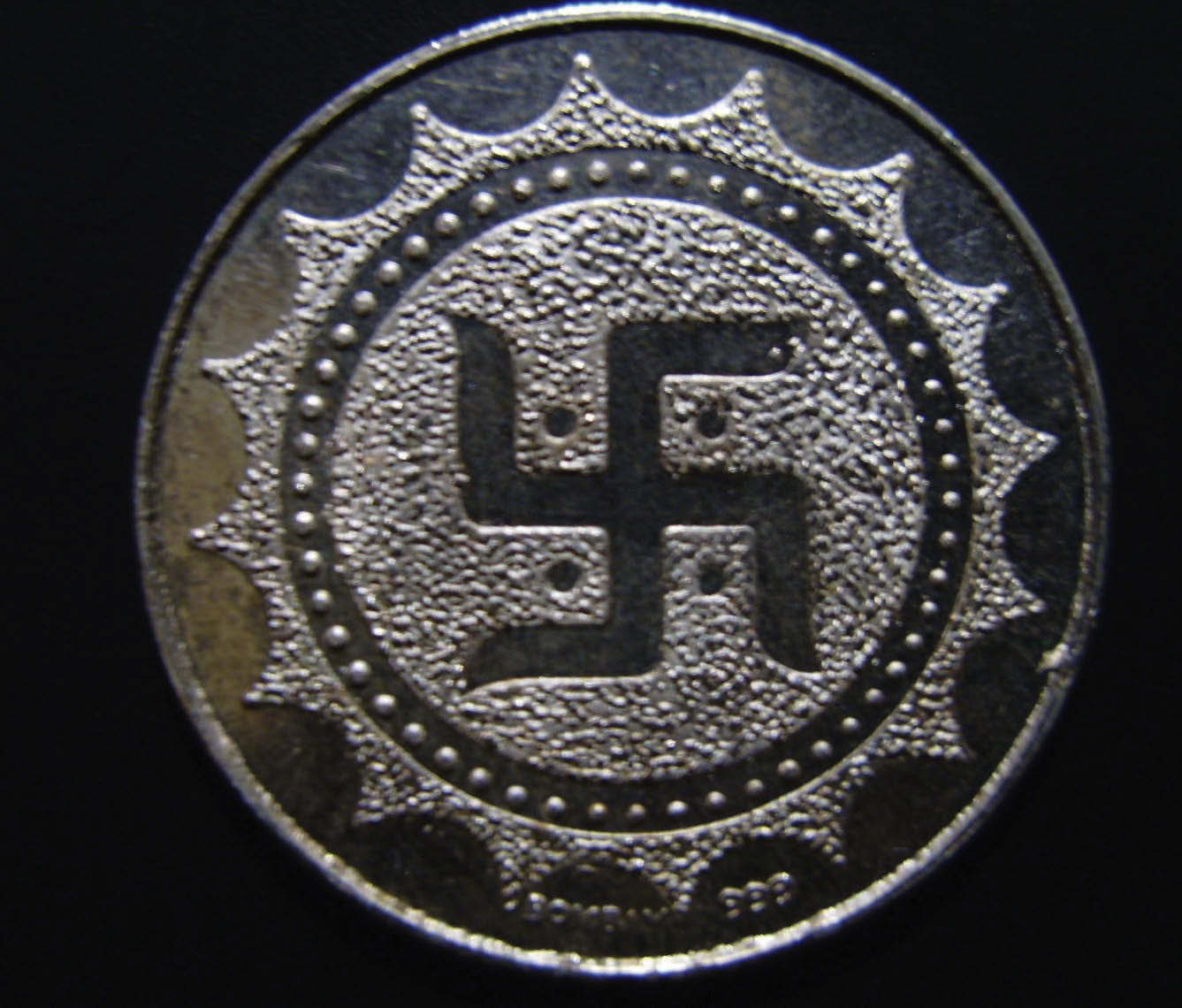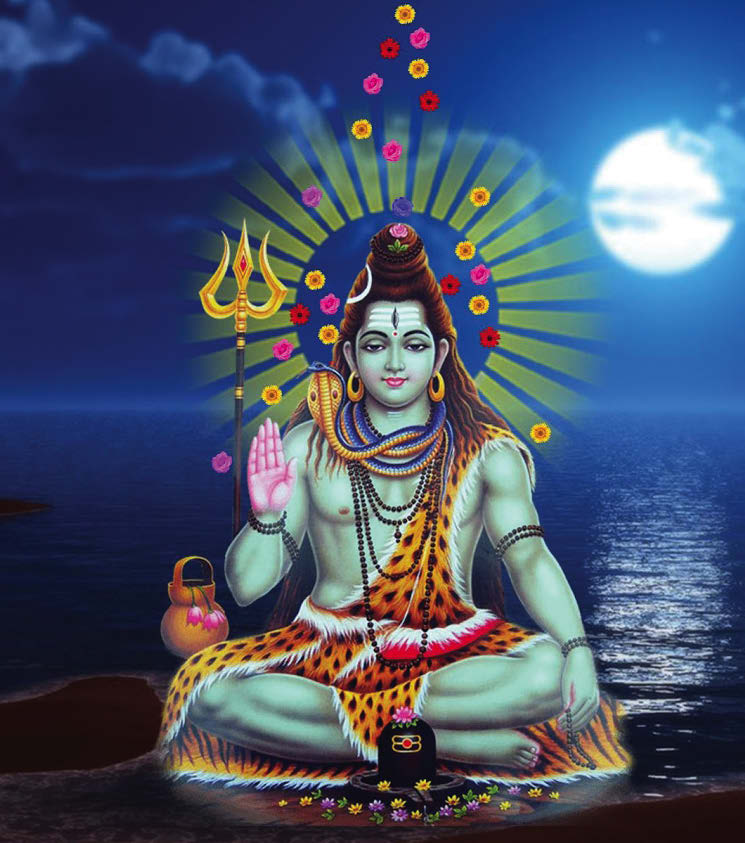
There are various legends associated with the colorful and vibrant festival of Baisakhi. A study of these interesting legends of Baisakhi reveal that the day of Baisakhi is significant not just for Sikhs but also for Hindus and Buddhists alike. Besides, it is joyous to note that as a harvest festival, people of all communities in Punjab celebrate Baisakhi in a harmonious manner.
Baisakhi Festival marks the time for the harvest of Rabi crops and is therefore celebrated with utmost joy and enthusiasm in the state of Punjab where agriculture is the predominant occupation of the people. To celebrate the occasion, people dress themselves gaily and perform the joyful bhangra and giddha dance on the tune of the dhol. Farmers in Punjab celebrate Baisakhi Festival to hilt by feasting and merrymaking before they hit on tiring but joyful task of harvesting from the next day. As a harvest festival, Baisakhi is also celebrated by different names and with different rituals in several regions of India. Regional celebrations of Baisakhi are marked as Rongali Bihu in Assam, Naba Barsha in Bengal, Puthandu in Tamil Nadu, Vishu in Kerala and Vaishakha in Bihar.
Rongali Bihu in Assam

Beautiful agricultural state of Assam celebrates major agricultural events as the festival of Bihu. Notably there are three Bihu festivals in year namely – Rongali Bihu or Bohag Bihu, Bhugali (Magh Bihu) and Kangali (Kati Bihu) marking the distinctive phase in the farming calendar. The Rongali Bihu marks the agricultural New Year at the advent of seeding time and is celebrated as the Festival of Merriment.
The Kati Bihu marks the completion of sowing and transplanting of paddies. The Magh Bihu marks the end of the harvesting period. Of the three Bihu festivals, Rongali Bihu is celebrated with greatest excitement as it marks the arrival of spring – the agricultural season. People of all faiths and creed celebrate Bohag Bihu by singing traditional Bihugeets and performing group folk dances.
Rongali Bihu derives its name from Sanskrit Vishuvam meaning vernal equinox when day and night is of equal duration. At the time of Rongali Bihu people welcome the spring season and pray for a bountiful and rich harvest. Bohag Bihu falls in the first month of the Assamese calendar called Bohag. This corresponds to mid-April according to English calendar year. Rongali Bihu normally starts from the 13th day of April.
Traditions and Customs
To celebrate the joyous Rongali Bihu festuival, people of Assam wear new and colourful clothes. People visit their neighbors, friends and relatives and distribute sweet as they greet each other a Happy Bihu. Many people also organize grand feasts in the house to celebrate the occasion. Traditional festive food of Bohag Bihu is the special cake known as the pitha. Colorful rituals mark the first day of Rongali Bihu celebrated as Garu Bihu. This day is dedicated to the cattle and livestock. The rest of the weeklong celebrations of Bohag Bihu are known as Manuh Bihu. A mood of festivity and gaiety is seen throughout Assam during the seven days of Rongali Bihu.
Celebrations
Rongali Bihu celebrations are quite colourful and vibrant. Marking the occasion young boys and girls in village don traditional dhoti, gamosa and saadar mekhela and sing Bihugeets or folk Bihu songs in traditional bihutolis or Mukoli Bihus. The accompanied orchestra of dhol, pépa (buffalo hornpipe) and gagana add joys to the celebrations. At several places Bihu fairs are also organized where people participate in the games and other fun-filled activities.
Naba Barsha in Bengal
Naba Barsha is the celebration of Bengali New Year !! Naba Barsha in Bengal marks the first day of Baisakh – the first month of Bengali Calendar. The festival usually falls on the 13th or 14th day of April according to English Calendar Year. Naba Barsha festival is known as Poila Baisakh in Bangladesh and is celebrated as a national holiday.

Traditions and Customs
Joyful and culturally rich people of West Bengal celebrate Naba Barsha by dutifully performing set customs and traditions. To welcome the New Year, people clean and decorate their houses. A very important tradition of Naba Varsha is the making of elaborate rangolis or alpanas in front of the house by womenfolk. Rangolis are prepared with flour and its center is adorned with earthenware pot decorated with auspicious swastika.
This pot is filled with holy water and mango leaves to symbolize a prosperous year for the family. On Naba Barsha, people of West Bengal propitiate Goddess Lakshmi – the Hindu mythological Goddess of Wealth to pray for prosperity and well being. Many devotees also take a dip in a nearby river to mark the occasion. For Bengalis, Naba Barsha is the beginning of all business activities. Businessmen and traders purchase new accounting books and start new account known as Haalkhata. People also worship Lord Ganesha by chanting mantras.
Celebrations
Naba Barsha celebrations are marked with joy, enthusiasm and hope. Songs, dance, games besides reciting of poems are organized in various parts of the West Bengal to mark the occasion. Enthusiastic people of Bengal also celebrate the eve of Naba Varsha as Chaitra-Sankranti and bid farewell to the past year. Early in the morning of Naba Barsha, Bengalis take out processions known as Prabhat Pheries.
To participate in Prabhat Pheris ladies clad themselves in traditional Bengali sari (white sari with red border) and flowers in hair while men wear dhoti kurta. The day is spent in feasting and participating in cultural activities. People also visit friends and dear ones to wish each other “Shubho Nabo Barsho !!”





Be the first to comment